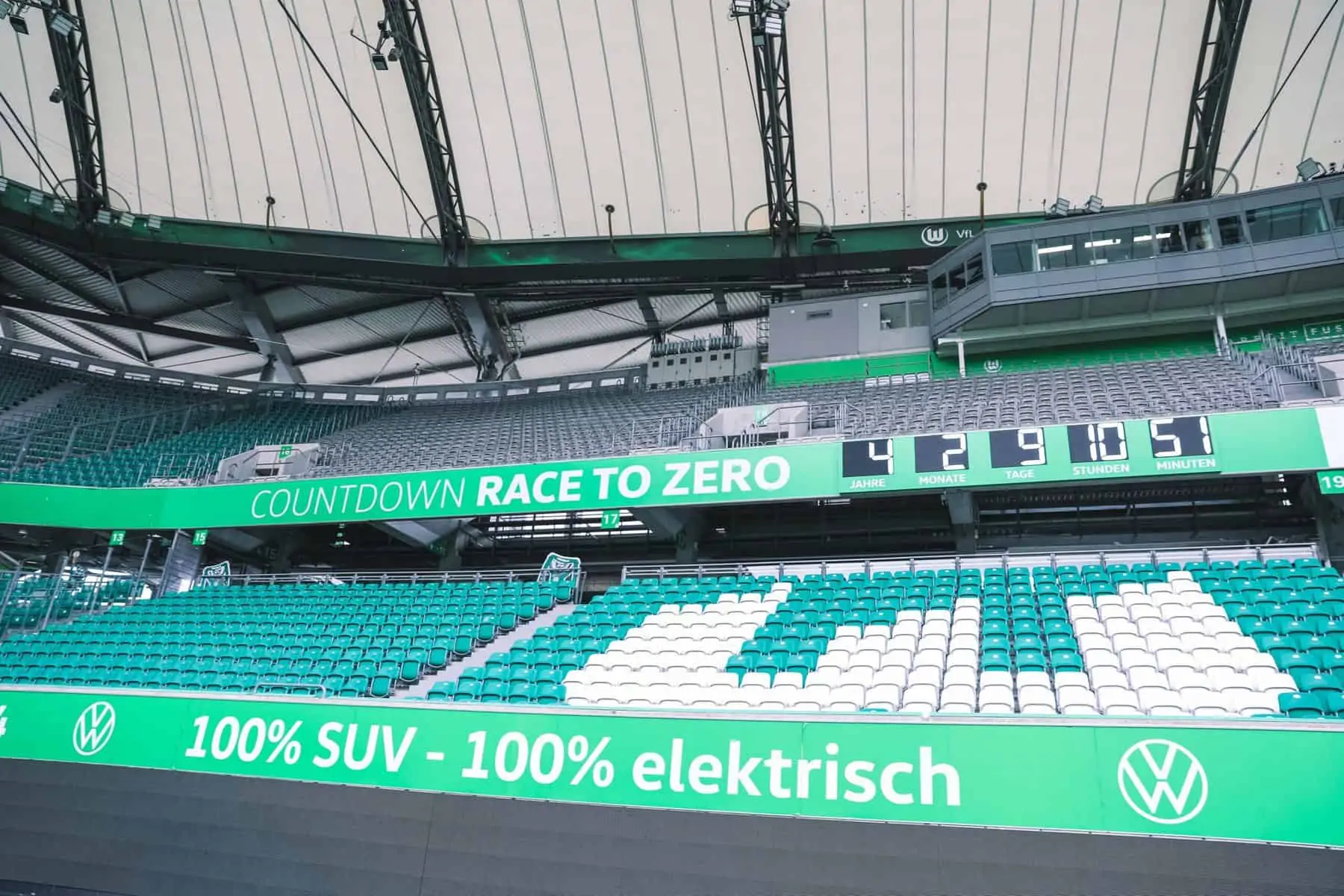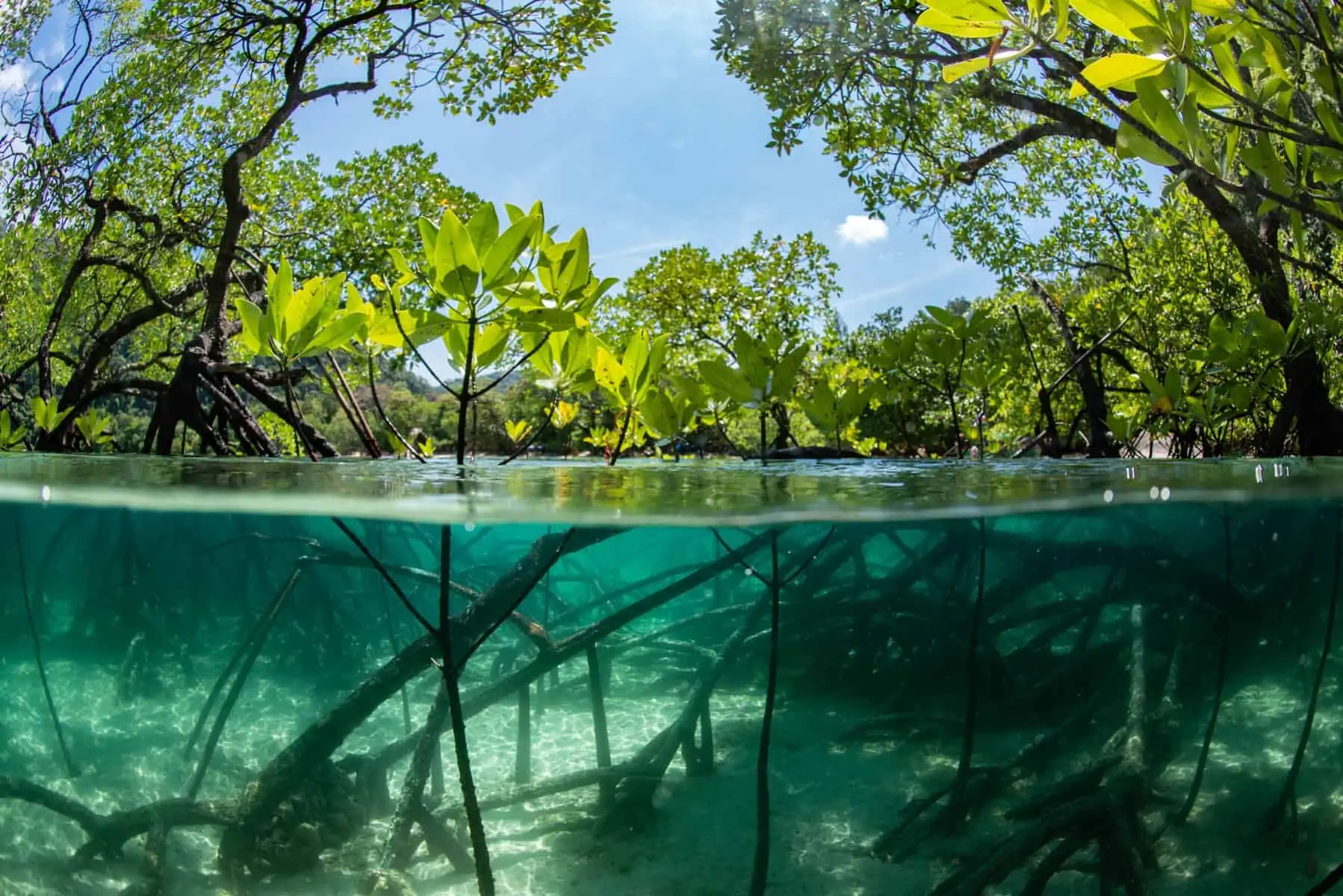Re-Spire Westerwald: Sembrando las Semillas de un Futuro Sostenible
Alona Mikhova
May 24, 2024
Actualizaciones de Proyectos
Situado en la región de Renania-Palatinado en Alemania, el Westerwald es conocido por su belleza escénica, que históricamente ha prosperado. Sin embargo, en los últimos años, este paisaje ha sufrido cambios significativos debido a los impactos del cambio climático. Las tormentas, las sequías y las infestaciones de escarabajos del pino han alterado visiblemente el terreno, lo que requiere medidas urgentes para su restauración.

En el Corazón del Westerwald
Situado en la región de Renania-Palatinado en Alemania, el Westerwald es conocido por su belleza escénica, que históricamente ha prosperado. Sin embargo, en los últimos años, este paisaje ha sufrido cambios significativos debido a los impactos del cambio climático. Las tormentas, las sequías y las infestaciones de escarabajos del pino han alterado visiblemente el terreno, lo que requiere medidas urgentes para su restauración.

Un Forestal en Acción
Inmersión en el Cambio: Reflexiones sobre una Visita al Westerwald
Nuestra reciente visita al proyecto Re-Spire Westerwald ofreció un vistazo de primera mano a los desafíos y oportunidades que nos esperan. Con casi 95 hectáreas, este proyecto es un faro de esperanza en medio de la adversidad. En su núcleo se encuentra un compromiso con la gestión forestal sostenible y el cultivo de especies de árboles resilientes al clima. Las estadísticas son desalentadoras: 2018, 2019, 2020, cada año más caliente que el anterior. Los robustos árboles de abeto, incapaces de soportar el cambio climático, cayeron víctimas de los escarabajos del pino, agravando el declive del bosque. Pero, en medio de la devastación, están surgiendo señales de renovación
La Promesa de las Plántulas: Reviviendo el Bosque de Westerwald
Nos encontramos rodeados de jóvenes árboles de alerce, meros retoños en un vasto bosque, pero símbolos de resiliencia y esperanza. Es un recordatorio contundente de por qué hacemos lo que hacemos: por las futuras generaciones. Sin embargo, el camino hacia la restauración no está exento de desafíos. La regeneración natural, antes en la que se confiaba, ha demostrado ser insuficiente. La proliferación de arbustos de arándano ahoga el crecimiento de los árboles, lo que requiere una gestión forestal activa: un esfuerzo costoso pero vital para la supervivencia del bosque. Sin embargo, no se trata solo de árboles; se trata de fomentar una relación armoniosa con la naturaleza. Desde ciervos hasta una plétora de aves e insectos, el bosque está lleno de vida. Nuestros esfuerzos van más allá de plantar árboles; abarcan el cuidado de todo un ecosistema para devolverle la salud.

Ahora o Nunca: La Necesidad Urgente de Conservación Forestal en Westerwald
La necesidad de actuar de inmediato es evidente. Cada año que pasa disminuye la ventana de oportunidad para la intervención. Nuestros bosques no solo son fuentes de madera; son sumideros de carbono vitales, puntos calientes de biodiversidad y refugios para la recreación y el sosiego. Coincidimos con los sentimientos del taxista que conocimos, un testigo de la declinación del bosque a lo largo de las décadas. ¿Qué legado dejaremos a nuestros hijos si no actuamos ahora? Es una pregunta que resuena profundamente y motiva nuestro compromiso con la acción. El tiempo de la complacencia ha pasado. Necesitamos esfuerzos concertados, una visión compartida y una inversión significativa para garantizar un futuro sostenible. Nuestros bosques no son solo árboles; son la savia de nuestro planeta, sosteniéndonos de maneras que apenas comenzamos a entender.

Impacto de Re-Spire
Calor Urbano vs. Retiro Forestal: Una Elección Convincente
Imagina que estás en un caluroso día de verano, el asfalto irradia calor bajo tus pies. Ahora imagina entrar en la sombra refrescante de un bosque donde el aire es fresco y agradable. ¿Cuál escenario prefieres?
Al reflexionar sobre nuestra visita a Re-Spire Westerwald, recordamos la urgencia de actuar. Conectemos y actuemos para preservar y proteger nuestros bosques.

En FORLIANCE, creemos en el poder de la colaboración y la innovación para enfrentar los desafíos ambientales de manera directa. Te invitamos a unirte a nosotros en este viaje. Incorpora la protección de los ecosistemas en la estrategia climática de tu empresa y unámonos para preservar y cuidar nuestros bosques para las generaciones futuras. Conectemos.



































